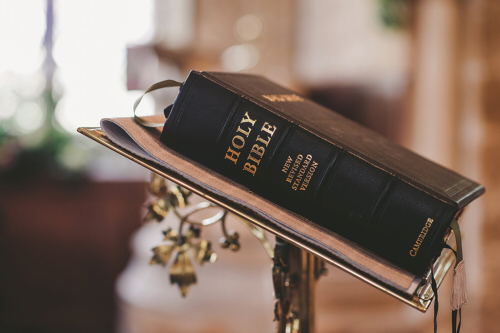Pondering How to Address the Reverend Clergy
John McIntyre
Despite commendable efforts at housecleaning in recent years, the Associated Press Stylebook retains some regrettable relics. For today’s homily, we’ll have a look at Rev.
The stylebook entry states what has long been considered orthodox practice: “When this description is used before an individual’s name, precede it with the word the because, unlike Mr. or Mrs., the abbreviation Rev. does not stand for a noun.”

That is, the word reverend and its abbreviation are adjectives.
There are some problems with this supposed rule, which H.L. Mencken in The American Language traces to nineteenth-century diktats by Richard Grant White (who delighted in inventing rules of grammar and usage) and William Cullen Bryant (who delighted in prohibitions).
One is that reverend as a noun has been in English since the early seventeenth century; Merriam-Webster traces the usage to 1608.
Another is that preceding Rev. with the definite article is common mainly in the Episcopal Church and other outposts of Anglophilia. Mencken pointed out decades ago that the bare Rev. as a title was commonplace throughout the other American Protestant denominations, that addressing the clergy as Reverend was nearly universal in rural America. And not just in the churches: He pointed out that the Congressional Record routinely omits the definite article in identifying a member of the clergy offering an opening prayer.
It is also the case – though long schooling in the convention makes my high-church Anglican teeth clench whenever I hear this – that it is common for someone to speak of a member of the clergy as “a reverend,” or for a member of the clergy to self-identify as such.
Merriam-Webster’s Dictionary of English Usage, which covers much of this territory, explains that using or omitting the definite article with the title Rev. is “a matter of etiquette more than linguistic propriety.”
Perhaps it’s time for the AP Stylebook to bless what has become a widely acceptable usage.








